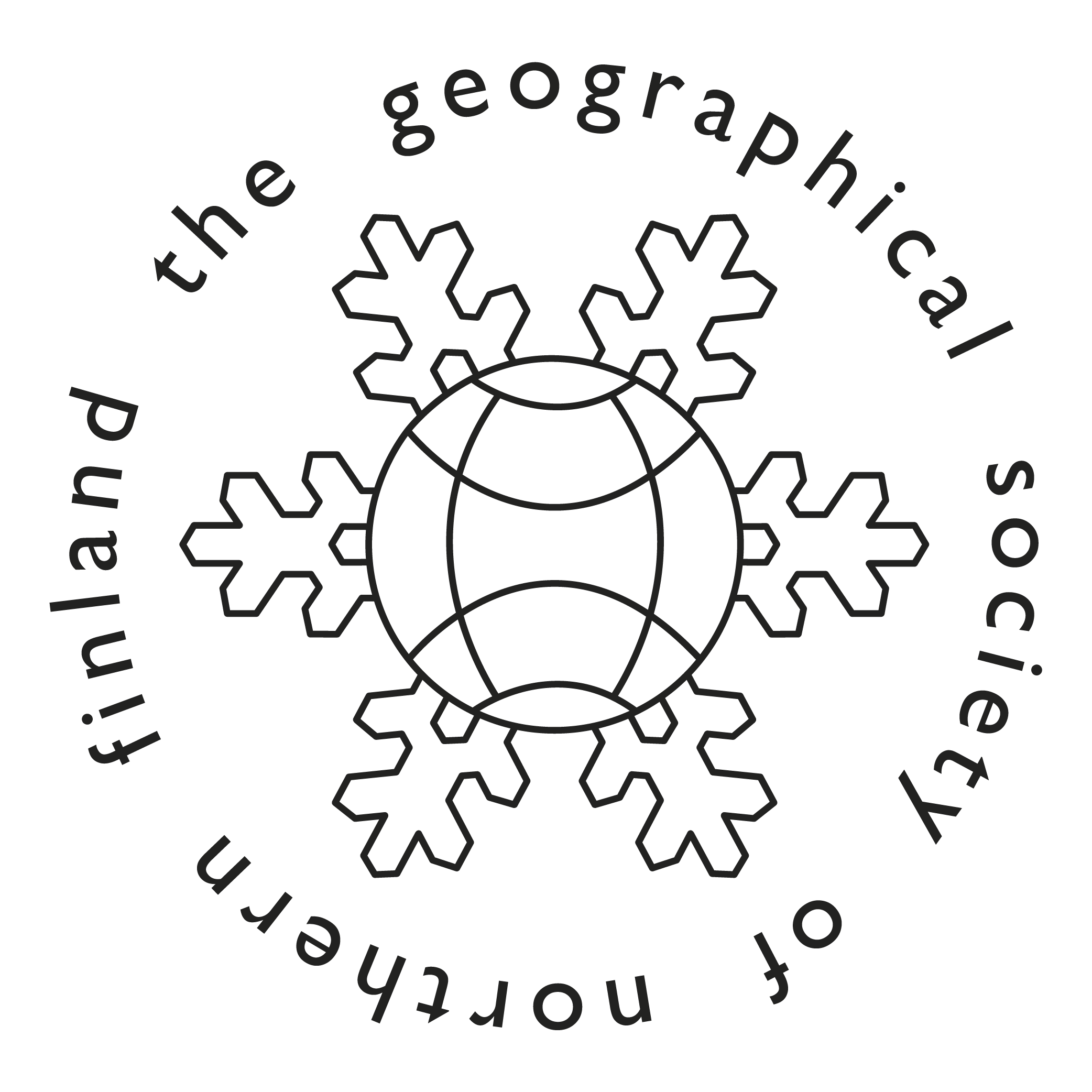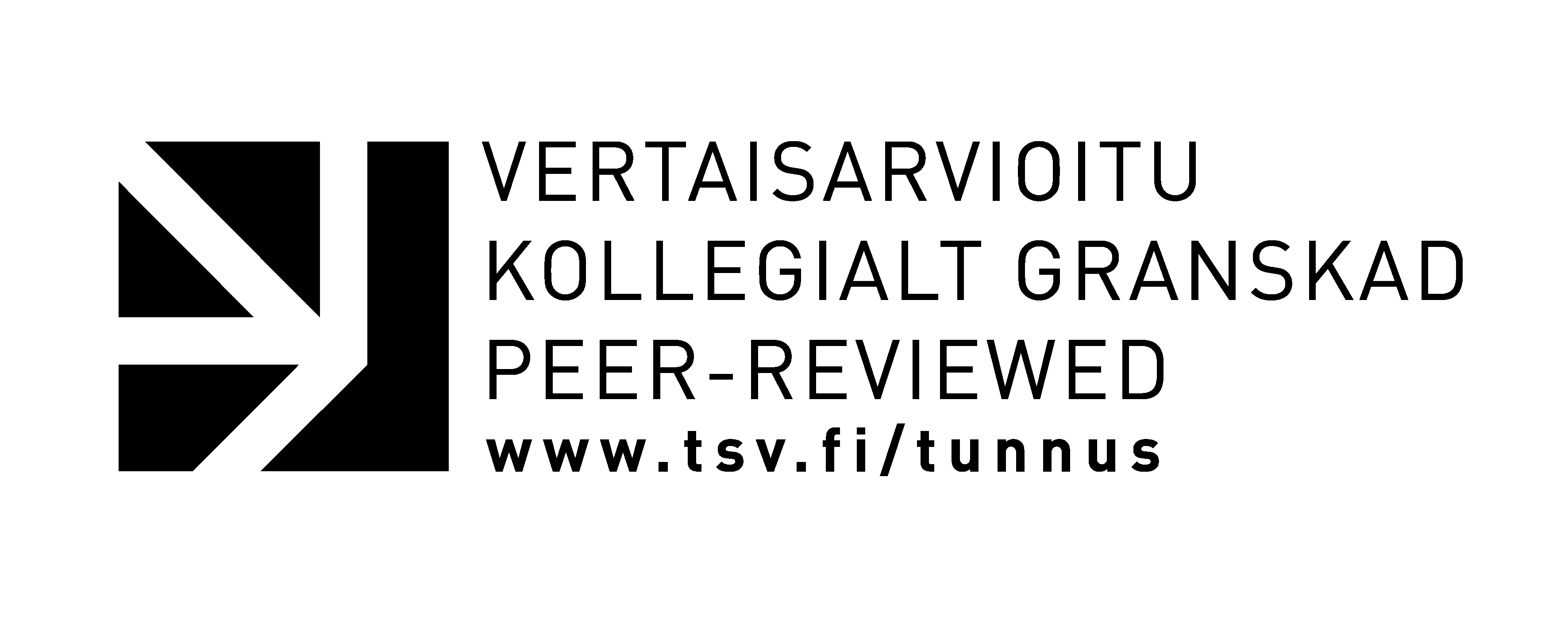Producing health knowledge by calculating accessibility of ecosystem disservices
Abstrakti
Conservation of environment is important not only for maintaining biodiversity and moderating global warming, but also for increasing public well-being. Studies on ecosystem services show that nature’s features have both positive and negative effects on human wellbeing. These effects can occur at individual and population level. Nature can decrease mental or physical wellbeing among humans for example by causing fear or by negatively affecting the already weakened physical condition of an individual. The elements of nature that have negative impacts are called ecosystem disservices and are the focus of this study. For producing health knowledge, it is meaningful to know a providing unit of ecosystem disservices and how the unit is situated in relation to human habitation and living environments. This ecosystem-human spatial relationship can be analyzed with a spatial link between these two locations. By knowing the providing unit of ecosystem disservices and the spatial link between people and ecosystem disservices, we have more tools for environmental planning and can provide better information of the disadvantages of nature to society. A providing unit of ecosystem disservices can be modelled by using GIS-based analysis or statistical methods depending on the nature of the ecosystem disservices. The spatial link can be modelled by accessibility calculations. Accessibility modelling gives information about the shortest distance between ecosystem disservices and population. With accessibility models it is thus possible to determine ecosystem disservice areas within a specific distance from a population location, and this way to determine how high the risk of encountering the disservices is.







